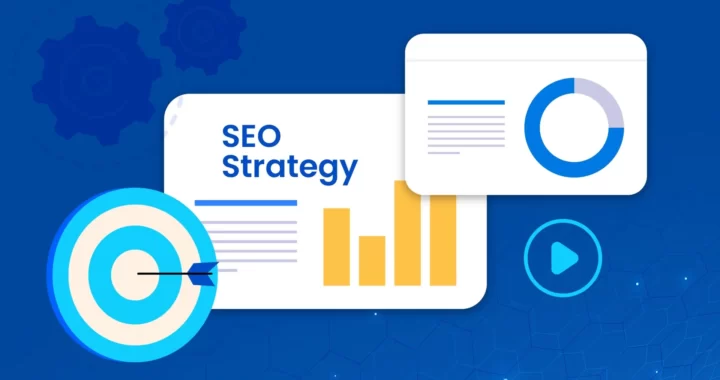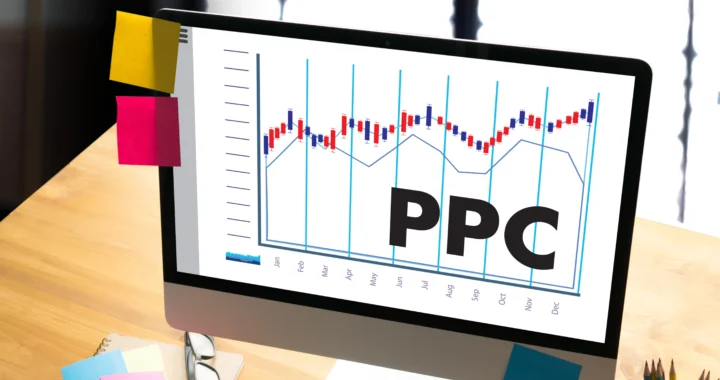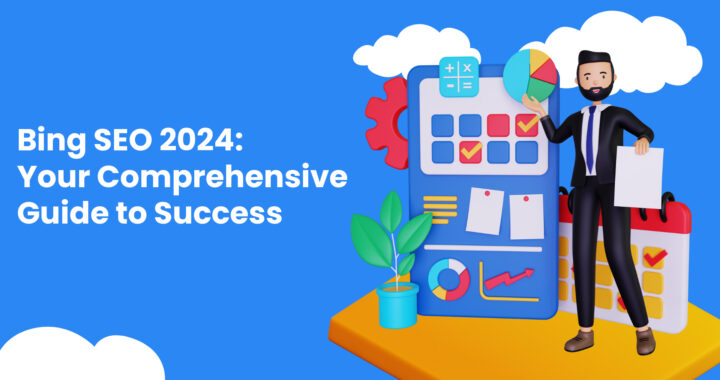
Introduction
If you’re aiming to boost inbound leads, revenue growth, and conversion rates, it might be time to reassess your inbound marketing strategy. Inbound marketing requires a combination of subtlety, finesse, and a strong focus on SEO. In fact, effective inbound marketing is closely intertwined with your SEO strategy. Aligning your inbound and SEO efforts can be a bit challenging, but we’re here to guide you on how to use SEO to strengthen your inbound marketing.

What is Inbound Marketing?
In addition to its focus on high-value customers, inbound marketing is measurable, with available analytics to help you refine your approach. It is also more cost-effective than outbound marketing and offers greater precision. Now that we understand the value of outbound marketing, let’s explore how SEO plays a crucial role in this process.

Why Inbound Marketing Needs SEO
Organic SEO plays a vital role in any inbound marketing strategy, and high-quality, informative content serves as its foundation. However, even the most exceptional content may not generate leads if it remains unseen. With approximately 7.5 million blog posts published daily, creating and posting content alone won’t suffice. It’s essential to place your content where your target audience is actively searching. This is where SEO becomes crucial.
SEO works to boost the visibility and ranking of content on search engine results pages (SERPs), increasing its discoverability, engagement, and potential for users to connect with your business. When used in conjunction with inbound marketing, SEO can significantly enhance the outcomes of your inbound efforts.
One significant role of SEO is capturing audience intent. Inbound marketing aims to provide valuable content aligned with the audience’s needs and interests, while SEO targets specific keywords and phrases that users are actively searching for. Combining these approaches allows you to pinpoint relevant keywords resonating with your target audience and create content that effectively addresses their queries.
This integrated approach is designed for long-term benefits, cultivating lasting customer relationships and fostering brand loyalty. When implemented correctly, SEO can continually drive organic traffic, extending the lifespan and reach of your content. By incorporating SEO into your inbound marketing strategy, you ensure that your valuable content continues to attract potential customers long after its initial publication.
Traditional or “outbound” marketing involves interrupting your audience while they are engaged in other activities to deliver promotional messages. This approach is less effective in the digital realm, as people can easily switch channels or block ads they dislike. Poorly executed digital outbound marketing can either go unnoticed or, at worst, come across as intrusive and discouraging for potential customers.
In contrast, inbound marketing is less disruptive and is tailored to enhance your brand’s appeal to individuals actively seeking your products or services. Inbound marketing focuses on creating valuable content to attract and engage potential customers, making it convenient for them to recognise the value, assess their options, and ultimately become paying customers. Unlike outbound marketing, the initial contact is made by the customer.
The significance of inbound marketing cannot be overstated. It is designed to capture the interest of customers already interested in what you offer, targeting potential clients with a strong intention to purchase. These customers typically start their journey by searching for information, products, or services of interest. Your SEO and inbound strategy should be designed to capture this interest, showcase your expertise, and convert that interest into sales.
Both inbound marketing and SEO offer valuable metrics to gauge the effectiveness of your efforts. Inbound marketing metrics encompass lead generation and customer engagement, while SEO metrics include keyword rankings, organic traffic, and bounce rates. Monitoring and analysing these metrics together enable you to refine your strategies and achieve improved overall performance.

Actionable SEO Strategies for Strengthening Inbound Marketing
To begin, it’s essential to establish a strong foundation for your inbound marketing by ensuring your basic SEO is in order.
Start with Keyword Research
Effective keyword research is fundamental to both successful SEO and inbound marketing strategy. Utilise keyword research tools such as Google Keyword Planner, SEMrush, or Ahrefs to discover pertinent keywords and phrases relevant to your industry, products, or services. Select keywords that mirror customer intent and integrate them into your content creation strategy.
Infuse Keyword into Content
After pinpointing your target keywords, optimise your content to achieve better search engine rankings. Integrate your selected keywords seamlessly into your blog posts, articles, and landing pages. However, it’s crucial to keep in mind that delivering value to your audience should take precedence over excessive keyword usage. Quality content fosters improved engagement and increases the likelihood of achieving higher rankings.
Write Compelling Meta Tags
Create compelling title tags and meta descriptions for your web pages, as these components are visible to users on the SERPs and play a pivotal role in influencing their choice to click through to your website. Ensure that your primary keyword is incorporated, along with a compelling call-to-action, to encourage users to visit your site.
Create a Mobile-Friendly Design
As more users access the internet through mobile devices, it is essential to have a mobile-friendly website for both SEO and user experience. Implementing a responsive design ensures your site adjusts to various screen sizes, improving engagement and reducing bounce rates.
Dip Your Toes into Link Building
Establishing high-quality backlinks from respected websites is a crucial SEO strategy that also supports inbound marketing efforts. Participate in activities such as guest posting, influencer outreach, and content promotion to enhance the visibility and credibility of your content, ultimately drawing in a larger pool of potential customers.
Use Local SEO
If you have a physical business location, utilise local SEO tactics to connect with nearby customers. Take ownership of and enhance your Google My Business profile, register your business in local directories, and promote customer reviews to boost your visibility in local searches.
Regularly assess your website’s performance and inbound marketing initiatives by employing tools like Google Analytics. Keep tabs on traffic sources, popular content, and conversion rates. Utilise these findings to consistently refine your SEO and inbound marketing strategies.

Premium Strategies for enhancing your inbound
Once you’ve established your foundational SEO, it’s time to concentrate on specific inbound strategies that will attract leads and enable you to leverage the efforts of your organic SEO.
Use content to highlight expertise & present solutions
Content creation allows you to demonstrate your brand’s expertise and deliver the information and solutions your clients are seeking. It’s not sufficient to produce generic SEO content. When your potential clients engage with your content, it’s crucial to maximise that opportunity. Instead of presenting an aggressive sales pitch, your content should convey your expertise, experience, and authority in a manner that benefits clients.
This content can take various forms, such as long-form blogs, how-to guides, manuals, visual guides, videos, podcasts, or any other digital content that provides value to your clients. It’s important to emphasise that this content isn’t overt marketing material; rather, it’s free material that serves the needs of your customers.
Automate website guidance
Adding a non-intrusive and useful chatbot to your website is an easy way to bolster your inbound strategy. It can help to provide customers with guidance when they land on your site. It can also help to guide customers through the sales funnel, increasing the likelihood of generating a sale or a lead.
Make the most of Social media
Maintaining an active social media presence is another great inbound strategy. Social media channels are yet another opportunity to showcase your expertise and authority, as well as providing additional contact channels that facilitate one-on-one interactions with clients.
Be Unstoppable
Integrating SEO into your inbound marketing strategy can significantly enhance your online visibility, drive organic traffic, and attract high-quality leads. Imagine a widespread circle of customers continuously homing on to your content pages and sales pages. That’s what SEO can do. If you have valuable content and your inbound sales funnel is designed correctly, nothing can stop your sales from increasing.



